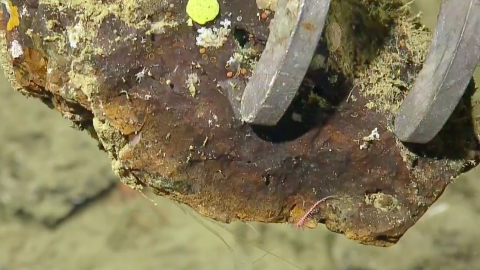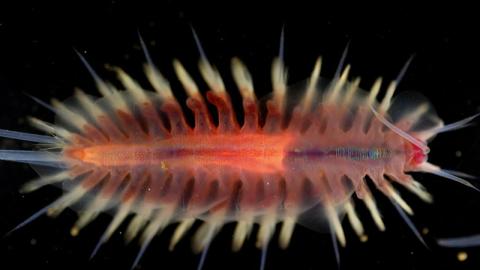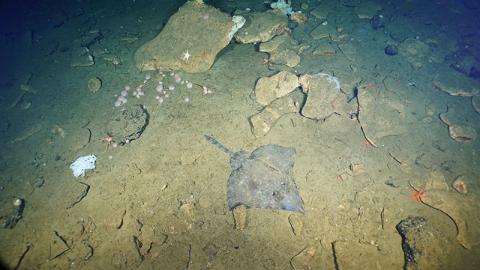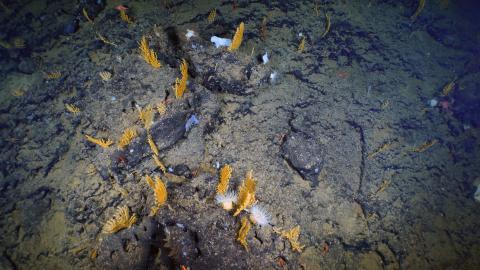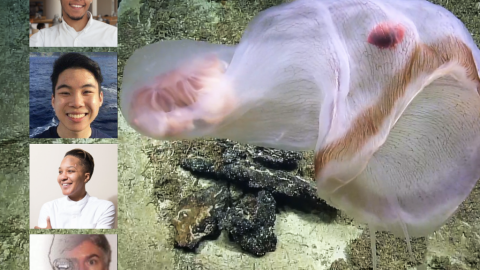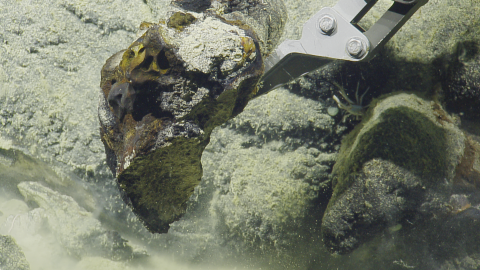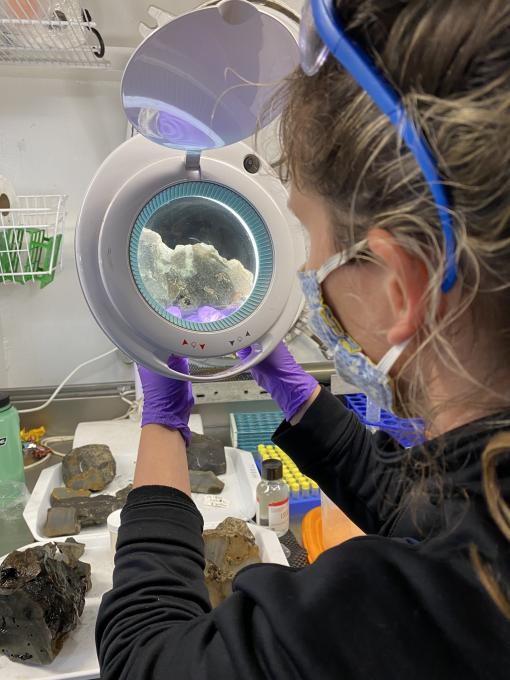In this interdisciplinary expedition on the Exploration Vessel Nautilus, we intend to study the Southern California Borderland benthic communities to better grasp the biotic diversity, biopharmaceutical potential, and the substrate mineral composition of the ecosystems.
The residents of the deep sea, and the minerals that compose its floor, are of growing importance to modern society for two reasons: microorganisms offer significant biopharmaceutical and industrial promises and some of the minerals, such as those in phosphorite and iron-manganese (Fe-Mn) crusts, are increasingly rare and in demand. Plus, the opportunity to explore the mysteries of the deep sea and better understand its inhabitants has grown with advances in the use of remotely operating vehicles (ROVs).
Unusual properties of deep-sea organisms may turn out to be important in ways we never expected. For these reasons, during the Mineral-Rich Marine Biomes expedition we are exploring nine sites along the Southern California Borderland (SCB), a geological region categorized by fault lines and tectonic plates. Here, invertebrates, microbes, and the substrates on which they grow are all of economic and ecological interest. The crucial questions, if we ever plan to use these resources wisely for economic gain, are what lives there and what ecosystems services do they provide? Should any of these services be protected? Can resources be exploited without harming these ecosystems?





















